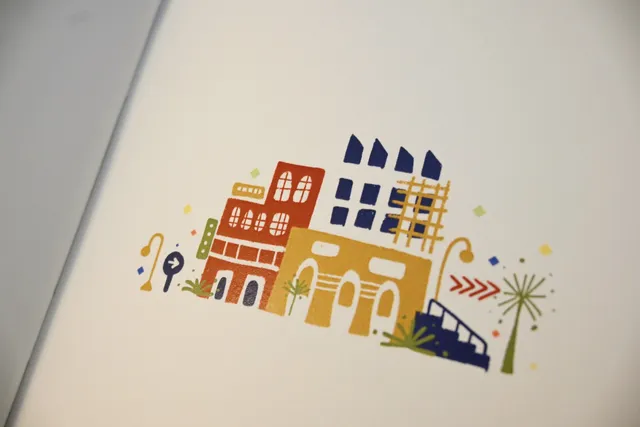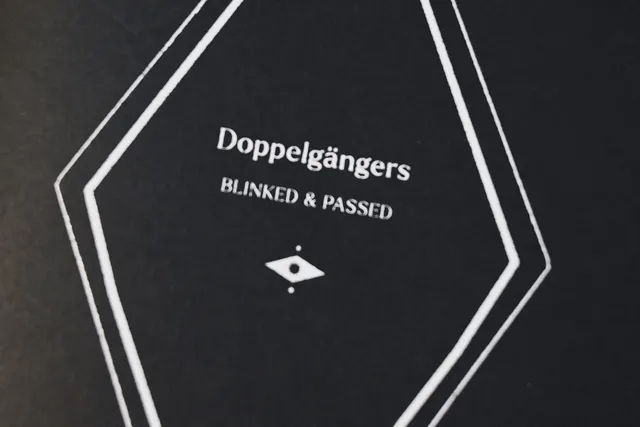The making of The Traum(a)'s Kunstkammer
The creative process of the final act of 'trauma trilogy' undisclosed, everything from inspiration to visual metaphors and typographic choices.
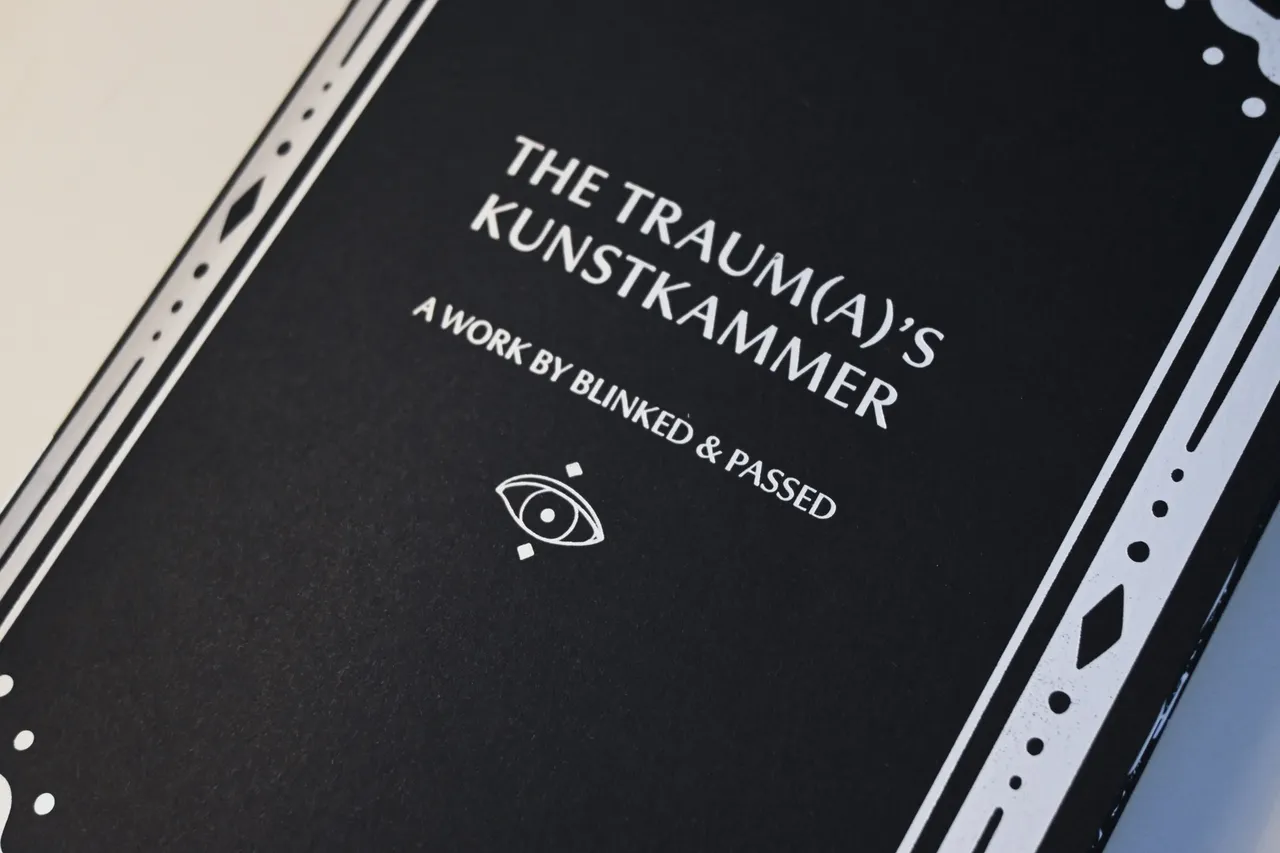
Author's note: to have a quick overview of the project, please see this page.
Have you ever imagined that psychological trauma can be expressed as an object? Not in broken bloodied hearts and humans with painful expression, but in surreal, unsettling artifacts, plants and animals, all displayed in a cabinet of curiosities? My latest black-and-white illustration zine the traum(a)’s kunstkammer is a dark collection of 12 entities presented in the form of kunstkammer, the European chambers showcasing unusual natural and artificial objects in the Renaissance. Each object symbolizes a stage of trauma’s life cycle, demanding readers to face the ruthlessness of how trauma reshapes one’s mental state and life. Fully fueled by my bipolar 2 disorder, religious OCD, imagination, online searches, dark dry humour, this zine is inspired by zero clinical explanations, academic theories, or the heartwarming / positive side of recovery, making it a slap in the face of intellectualization, sugarcoating, and romanticizing emotional agony.
How the project started
While the zine was created in summer of 2025, the formation of the idea took more than a decade. The seed of the project is a question from my first therapist on how I would describe and name my OCD (at that moment it was mainly about cleaning) back in late 2011. My answer was ‘metronome’ as it displayed the repetitive nature of compulsions, and this stuck in my head for years. As time went by, my life hit rock bottom after another rock bottom, from debilitating chronic illness, tormenting religious ruminations, to intense emotions and self-destructive behaviors. Fast forward to 2024 – 25 when I was recovering and able to live a mostly normal life, I noticed that my drawings always end up being rather grotesque – no matter how cheerful or peaceful I wanted the theme to be (think still life and botanical subjects), it was somehow surreally dark, with depiction of eyes, blood, fire, and death. I thought there was something wrong with me, but a few drawings later, I intuitively sensed that there’s potential in developing a series of objects symbolizing pain. So I started drawing some surreal artifacts, for instance an hourglass which the stream of sand turns to an arrow shooting towards the head located in the base of it. And that’s how the project began.
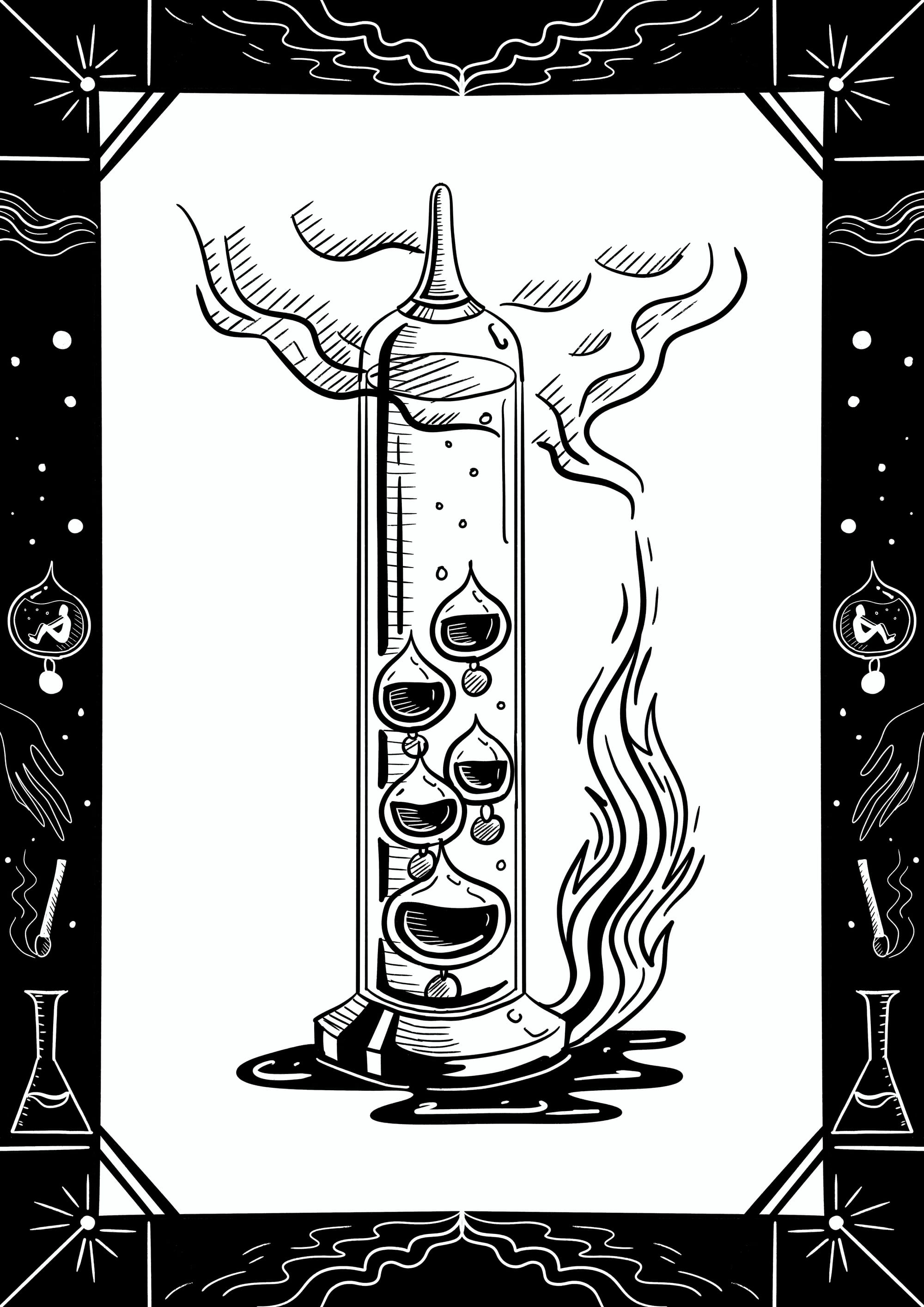
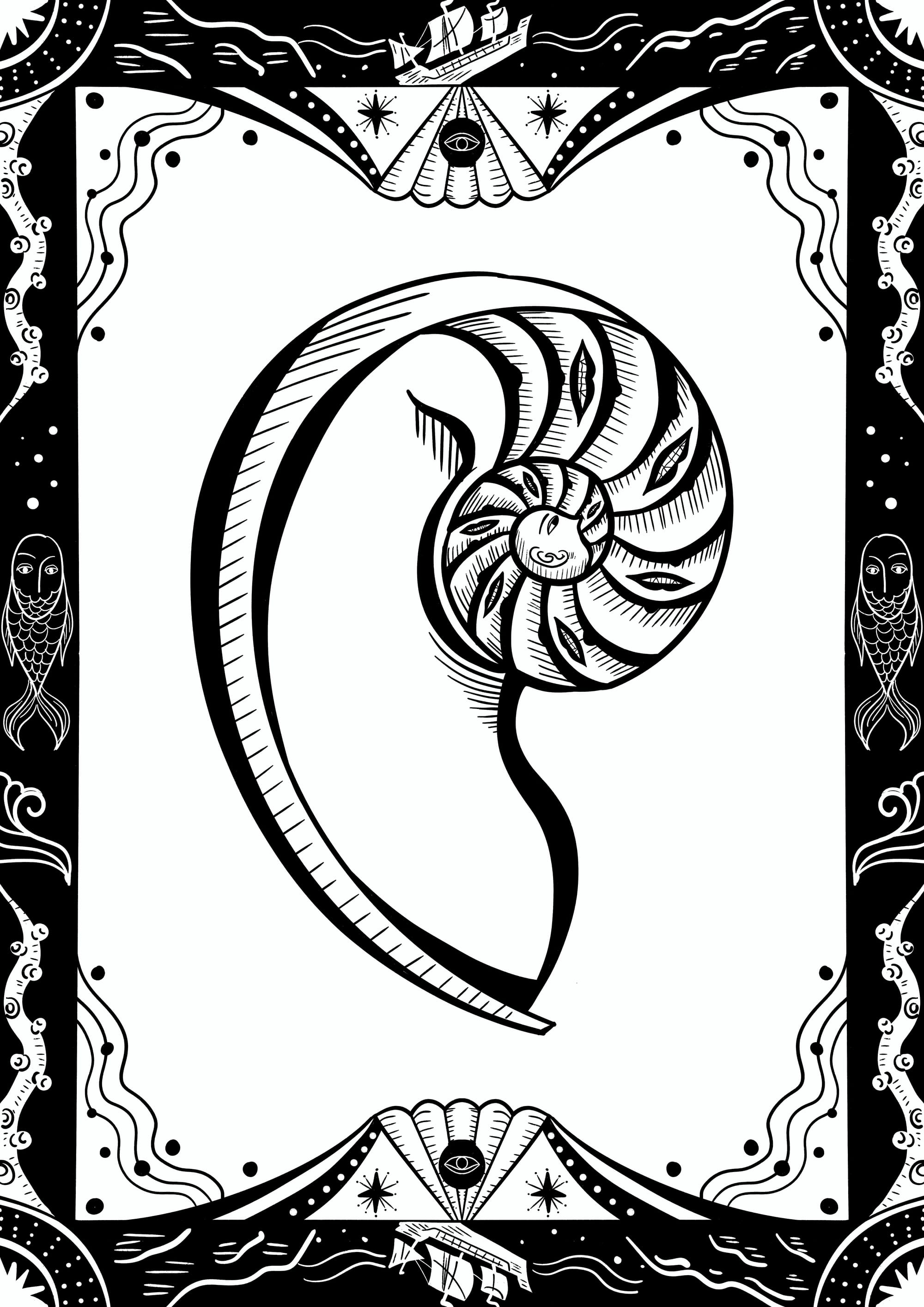
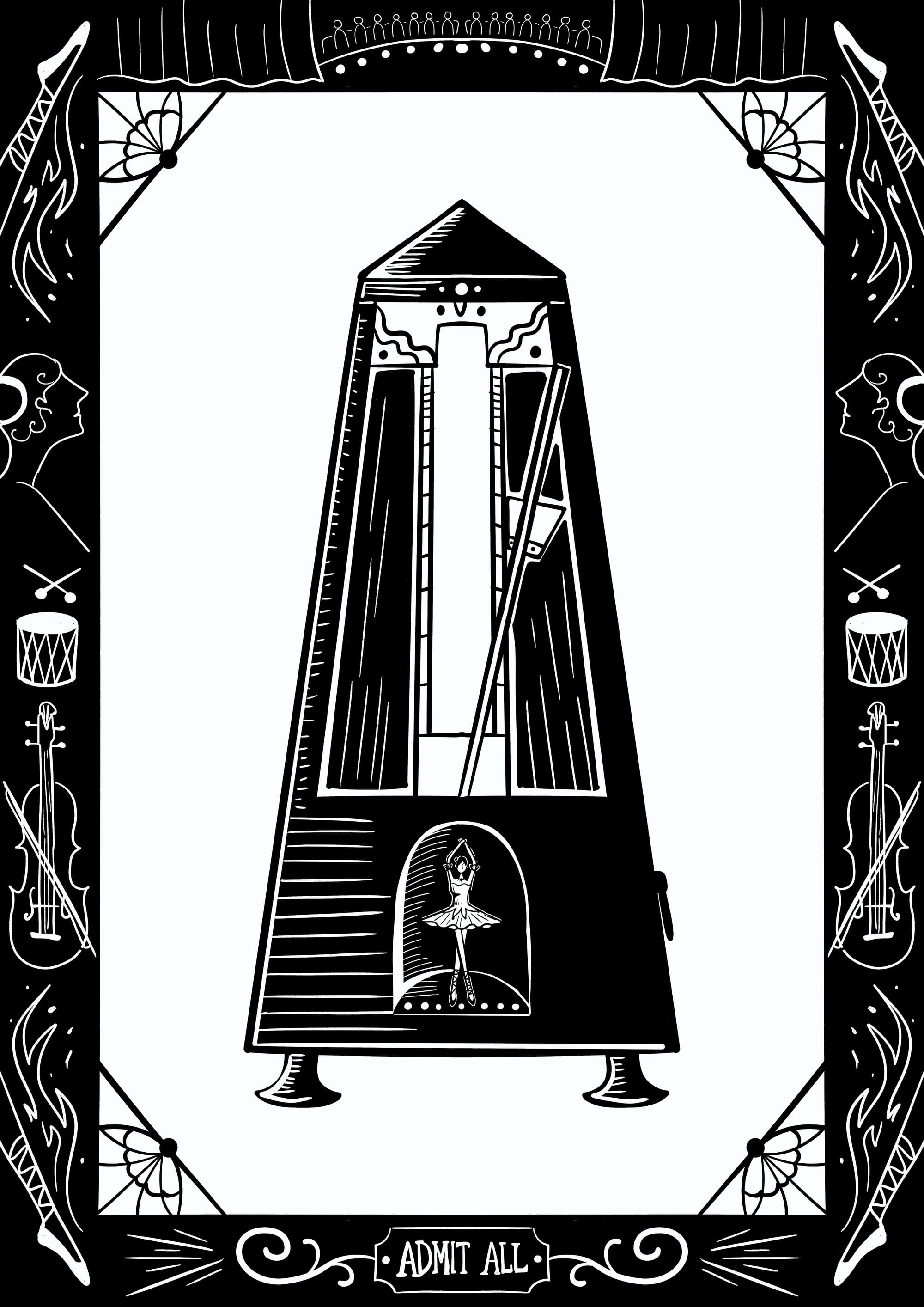
The formation of narrative
Initially the project was set to be an illustration series, but I wasn’t satisfied with it – I want something more, that the images are presented in a structured way with solid storytelling, which calls for presenting them in a zine. The medium is confirmed, but how about the thread that connects everything? Entering Kunstkammer (cabinet of curiosities), the 16th-century European chambers showcasing unusual natural and artificial objects. The eerie nature of the drawings and the concept of exhibiting clicked instantly – the theme of the zine isn’t about the bright side of healing / recovery, it’s about facing the trauma directly without any judgement, no matter how uncomfortable it is. No romanticization or denial of suffering or saying ‘everything happens for a reason’, just sitting with the wounds and not hiding away from them and the society / closed ones, declaring ‘yes I’m hurt and suffering. This is as ugly as the perpetrators / oppression disguised as social norms, but I’ve gained enough courage to show this to the world and reclaim my voice and emotions, no matter the cost’. The zine title the traum(a)’s kunstkammer is a bilingual word play, traum (‘dream’ in German) indicates the surreal, imaginative nature of the zine and the fact that trauma can’t be solely reconciled to with logic and rationality, and trauma (‘emotional response caused by strongly distressing events’ in English) is the main theme.
Structure and stylistic choices
To realize the idea and utilize the concept, the zine is presented as a museum pamphlet of the imaginary showcase. It adopts a three-act framework that echoes trauma's life cycle, though simplified (recovery isn’t a linear process after all) – 1) the happening of trauma (includes 3 objects, 2) the aftermath and disorder (includes 6 objects, and 3) realization and healing (includes 3 objects), so that it is not purely about the pain, but also a glimpse of hope. Twelve objects are created, from intricate craft objects, physics demonstration devices, to surreal plants and remains of animals, to mimic the diversity of the collection of a cabinet of curiosities. Stylistically, clean, detailed surreal black and white illustrations with intricate borders and white background are adopted. This lets readers focus on the characteristics of the object and mirrors the setting of museum exhibits, while the borders serve more than decorative purpose; they provide extra information of the object, like background and how it’s used, and narratives / plots developed around the entities. For typographic choices, I decided to keep things simple to let the images speak and follow the format of the exhibition leaflet. PP Museum from Pangram Pangram is used for its modern elegance with a humanistic touch. Silver foil print is used in black cover pages, adding a touch of luxury that echoes with the established socioeconomic nature of the historic cabinets of curiosities.
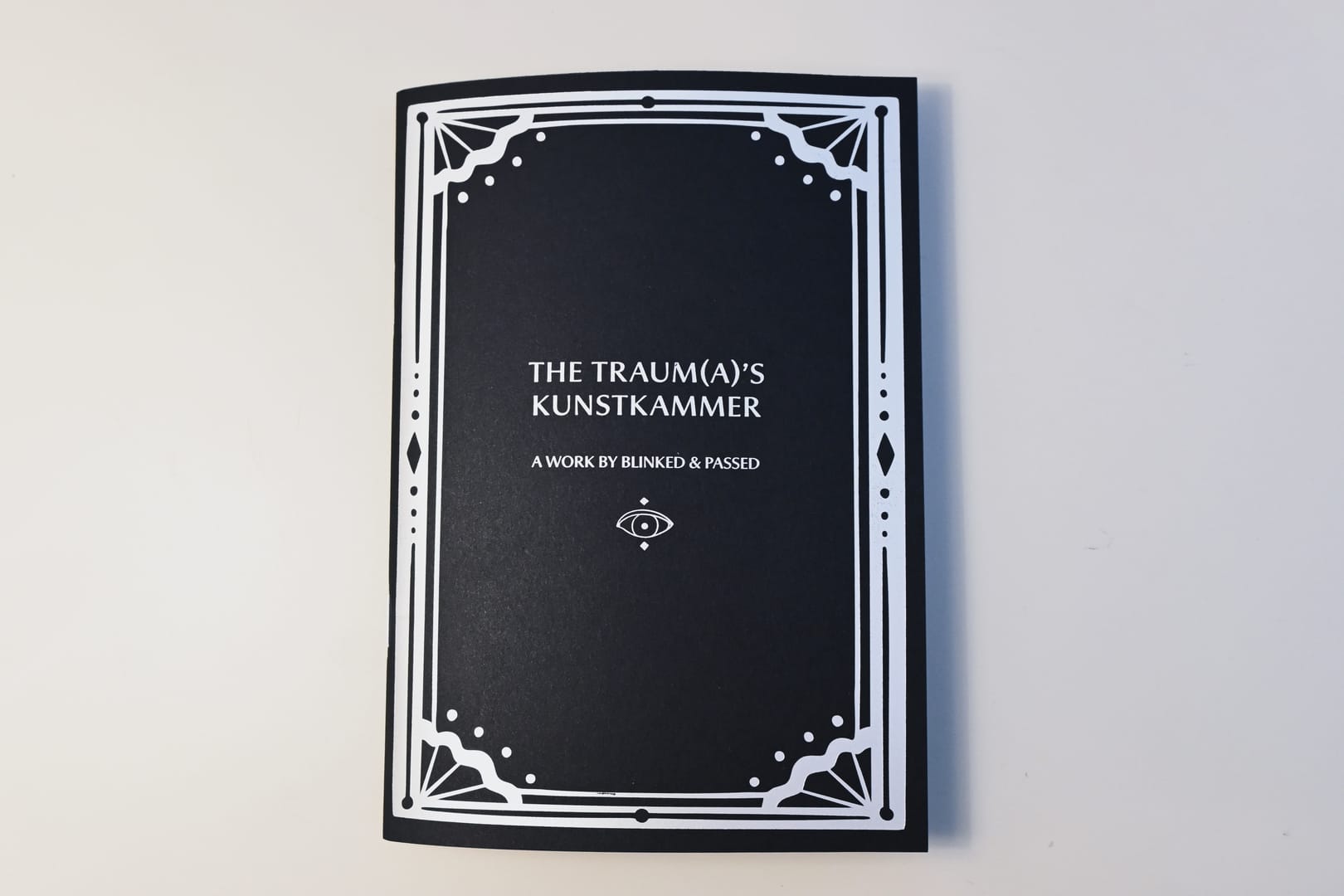
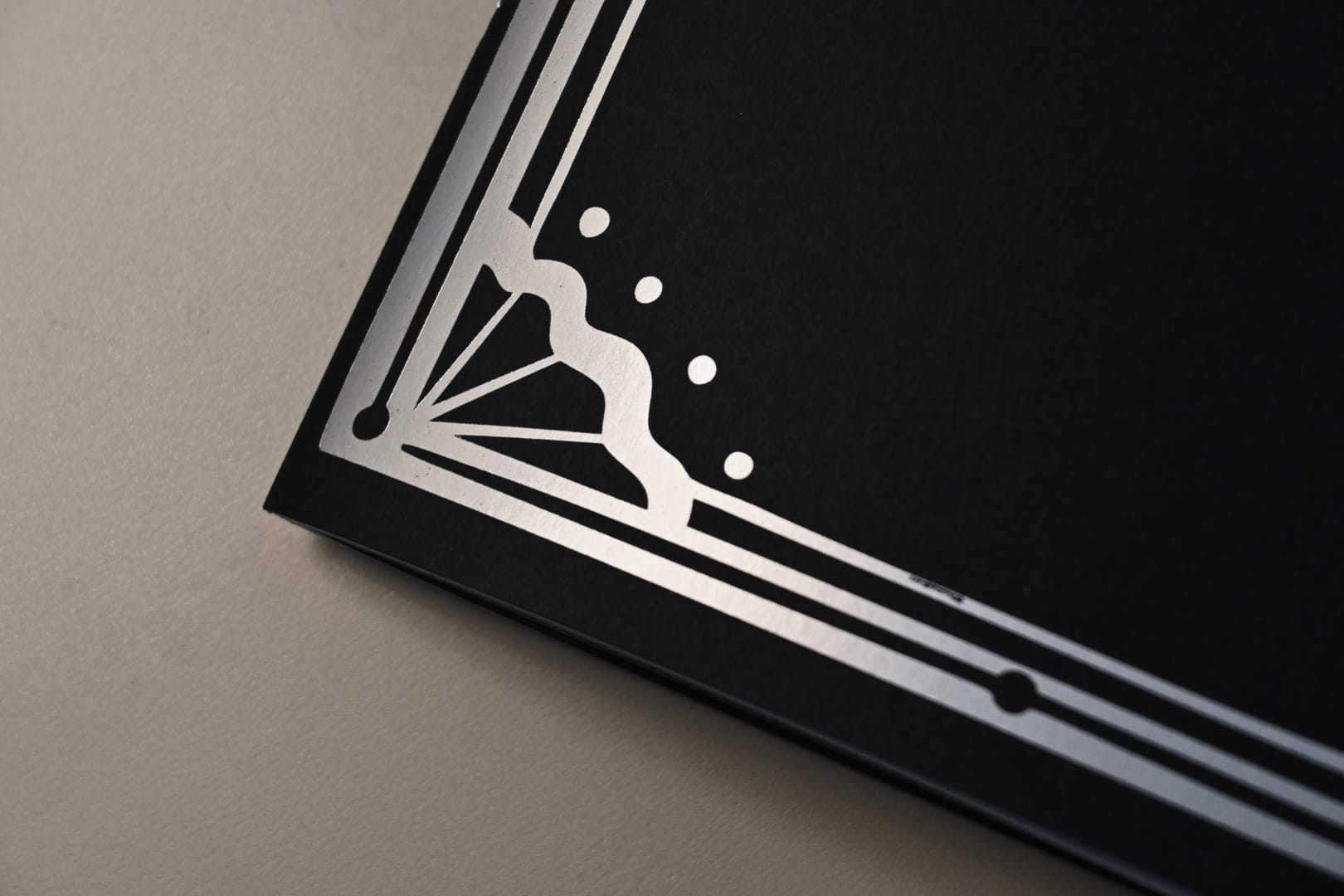
The symbolism of the 12 objects
The 12 objects of the kunstkammer are symbols of the many facets of trauma. Let’s deep dive into their meanings.
Chapter 1
The first chapter (happening of trauma) is presented in 3 objects, a clock, a collection of ambers, and a Galileo thermometer.
Mechanical clock
This clock has a sheep-shaped pendulum that swings between a hand and a demon-like creature. All the intervals of time are marked with the number ‘12’. This represents the innocence of the victim, a chance and devastating event(s) / abuser(s) has done harm to them. The victim is trapped in the event / harm and couldn’t find a way to escape from it.
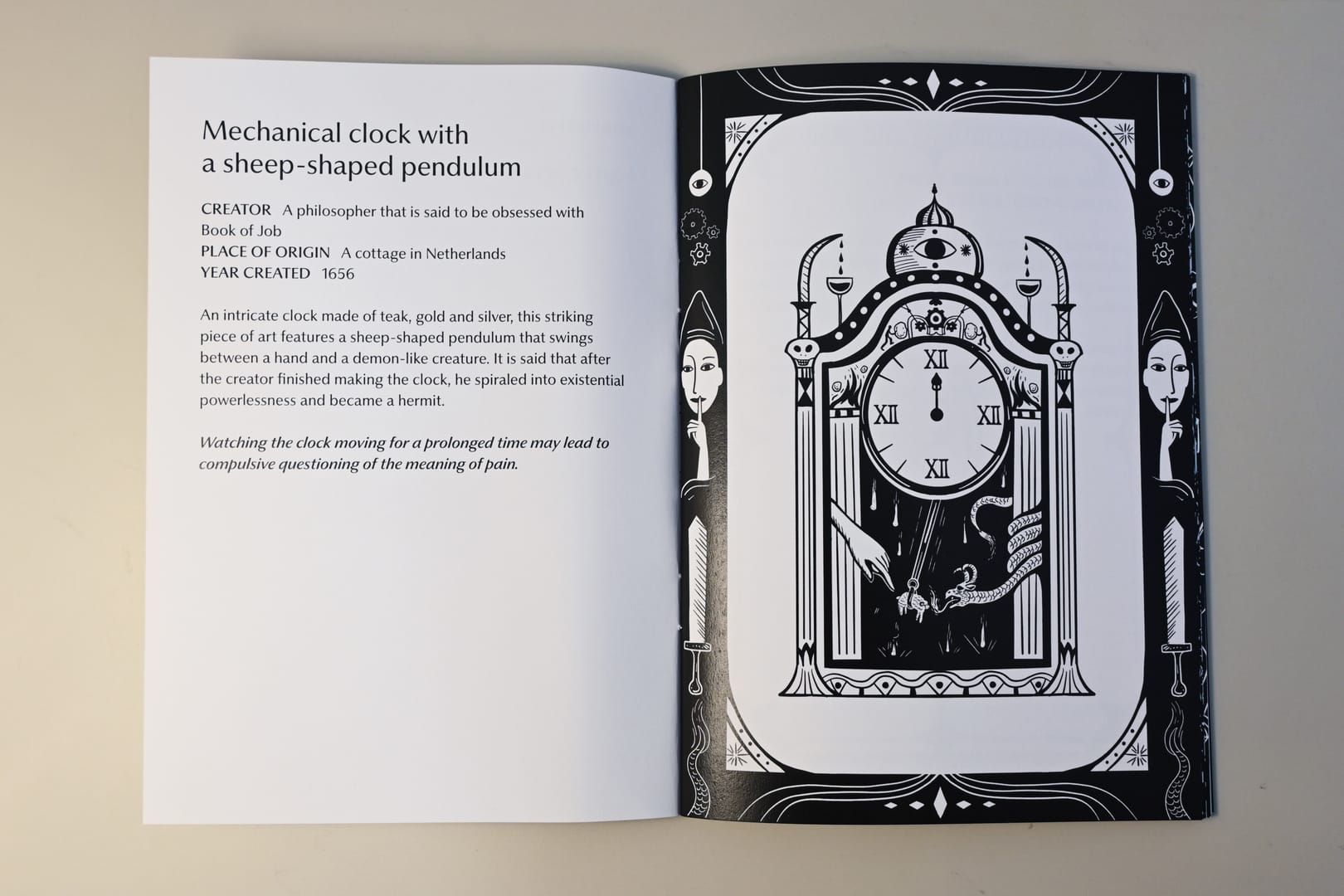
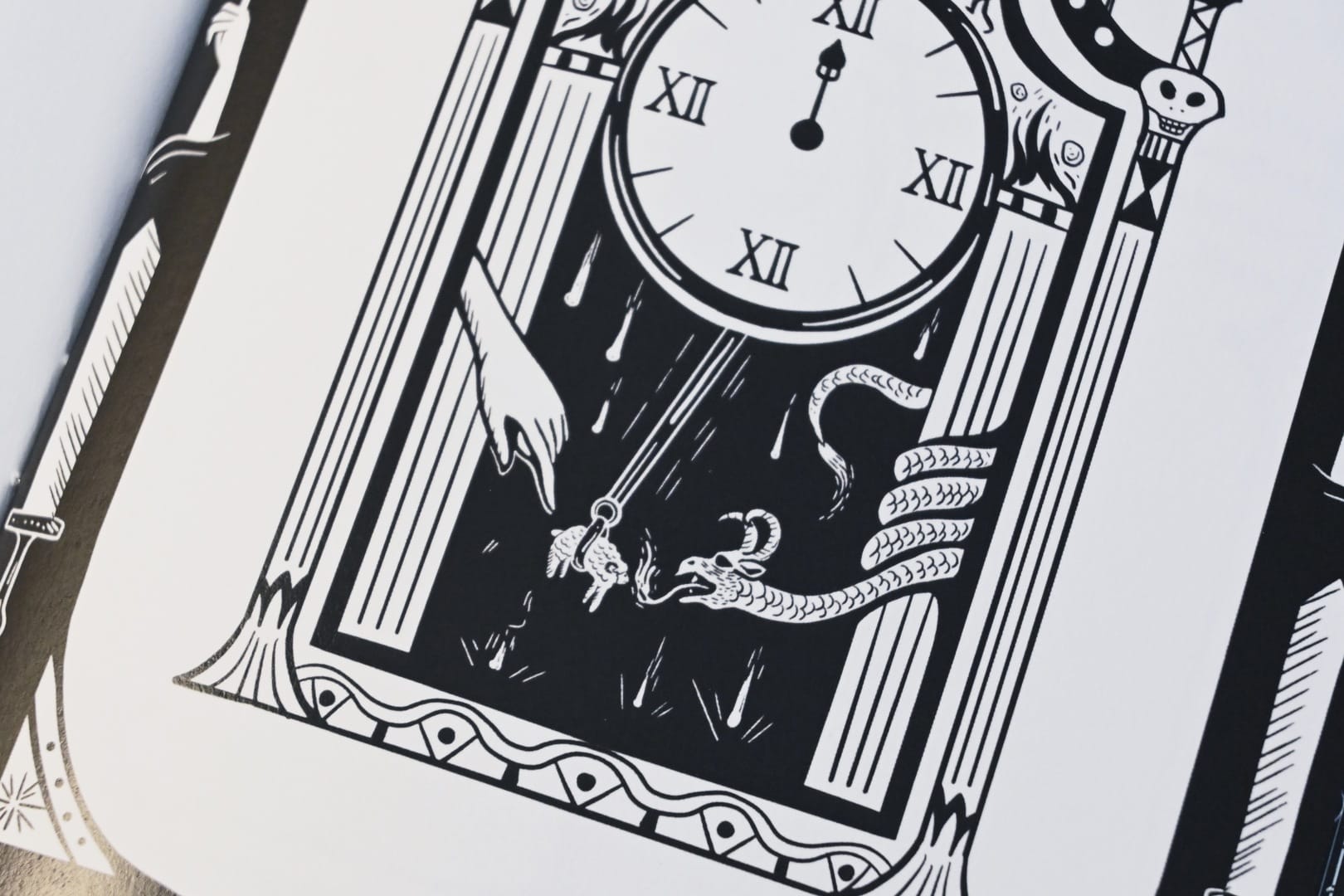
Ambers with insects and plants
The highlight of the amber pieces is the one with a butterfly with a broken wing. It means the victim is trapped in sadness and pain as time goes by.
Galileo thermometer
This device measures temperature by the density of the liquid in the bulbs of a sealed glass tube. In the illustration, it burns itself and fails to measure the temperature. It shows the bottled manic / fiery anger of the victim.
Chapter 2
The second chapter (aftermath of trauma, associated mood disorder) is presented in 6 objects, a hourglass with a head, a newton’s cradle made of bombs, a nautilus shell with mouths, a metronome, a dagger, and a potted plant that sprouts eagles.
Hourglass with a head
The base of the hourglass is a head, and the stream of sand turns to an arrow that hits the base. It defies the conventional notion that time heals wounds. It shows that without proper treatment / intervention, the trauma will inflict more harm as times go by.
Newton’s cradle made of bombs
Newton’s cradle is supposed to include 5 spheres and demonstrate the conservation of energy, but this version only has 4 bombs, symbolising the unpredictability of intense emotions of trauma. A vulture coldly guards the device, depicting the lurking of perpetrators even though they no longer are in the victim’s life.
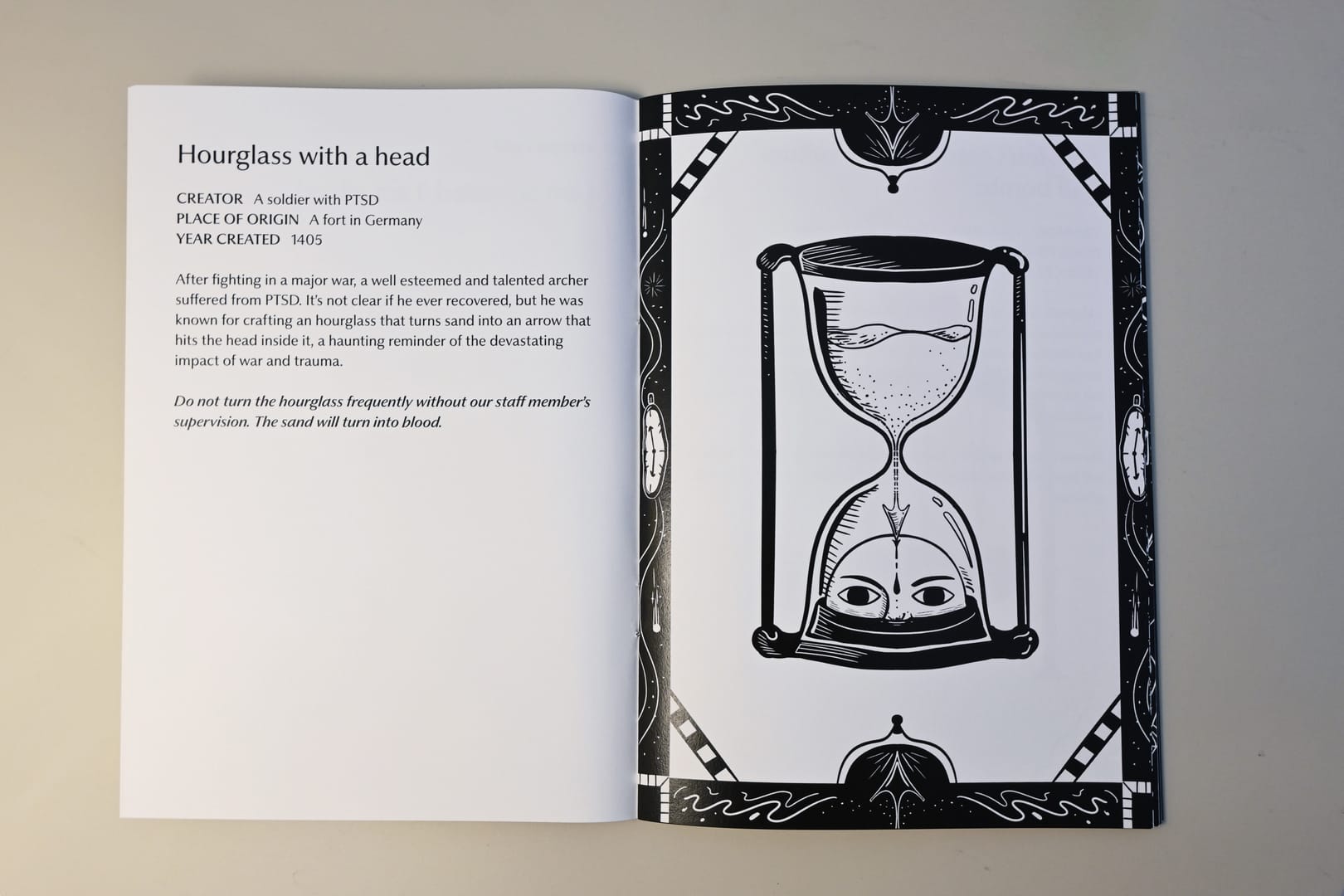
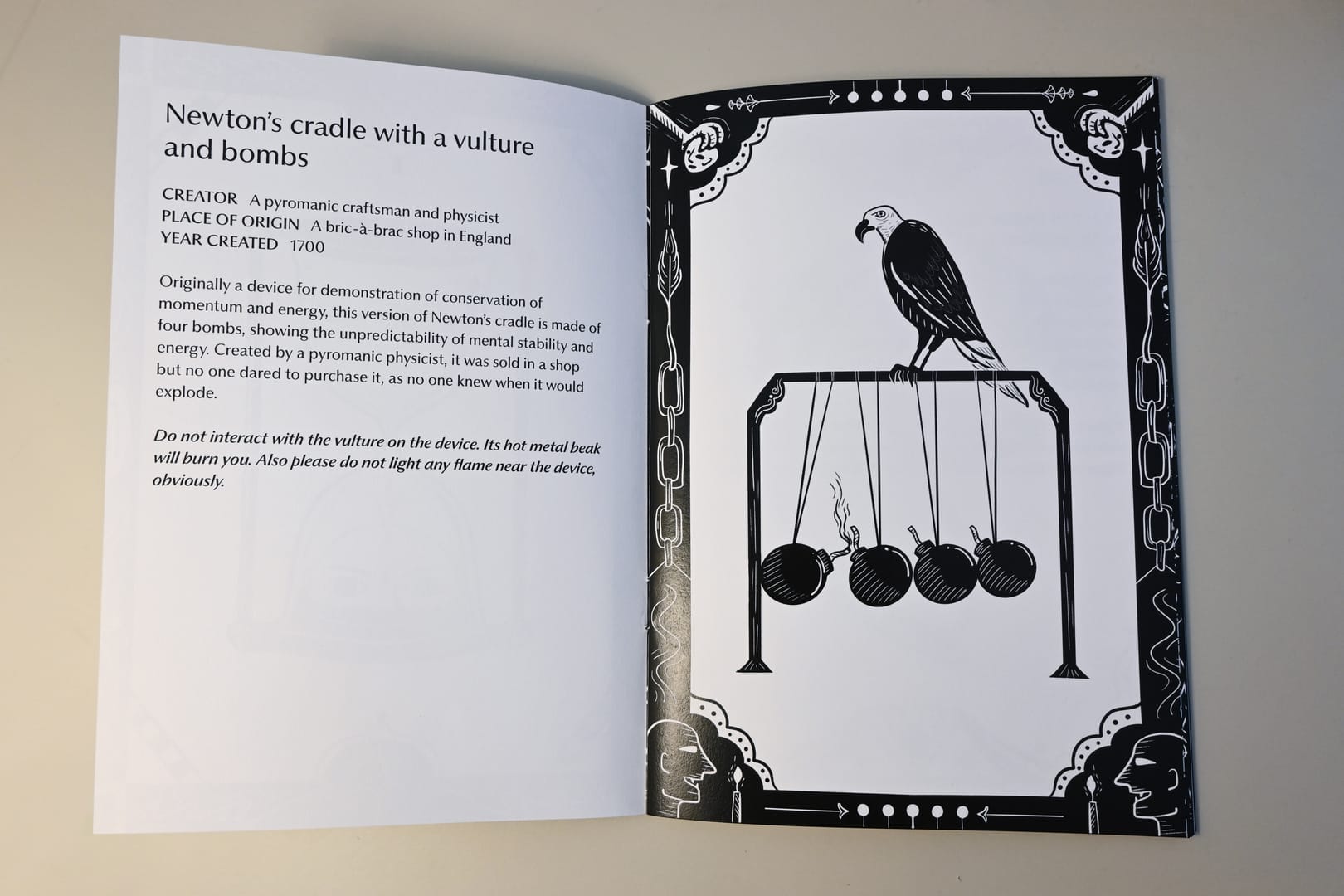
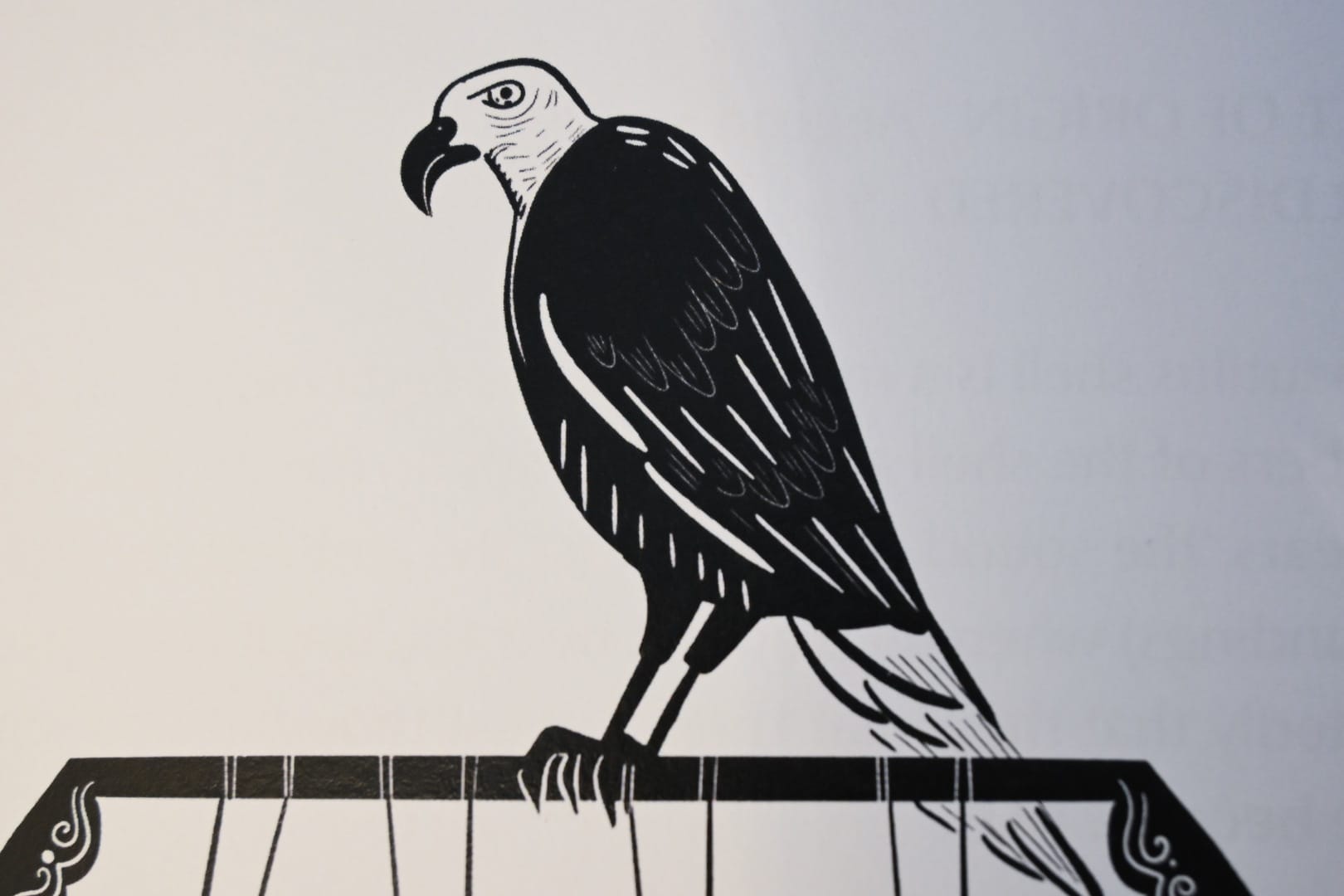
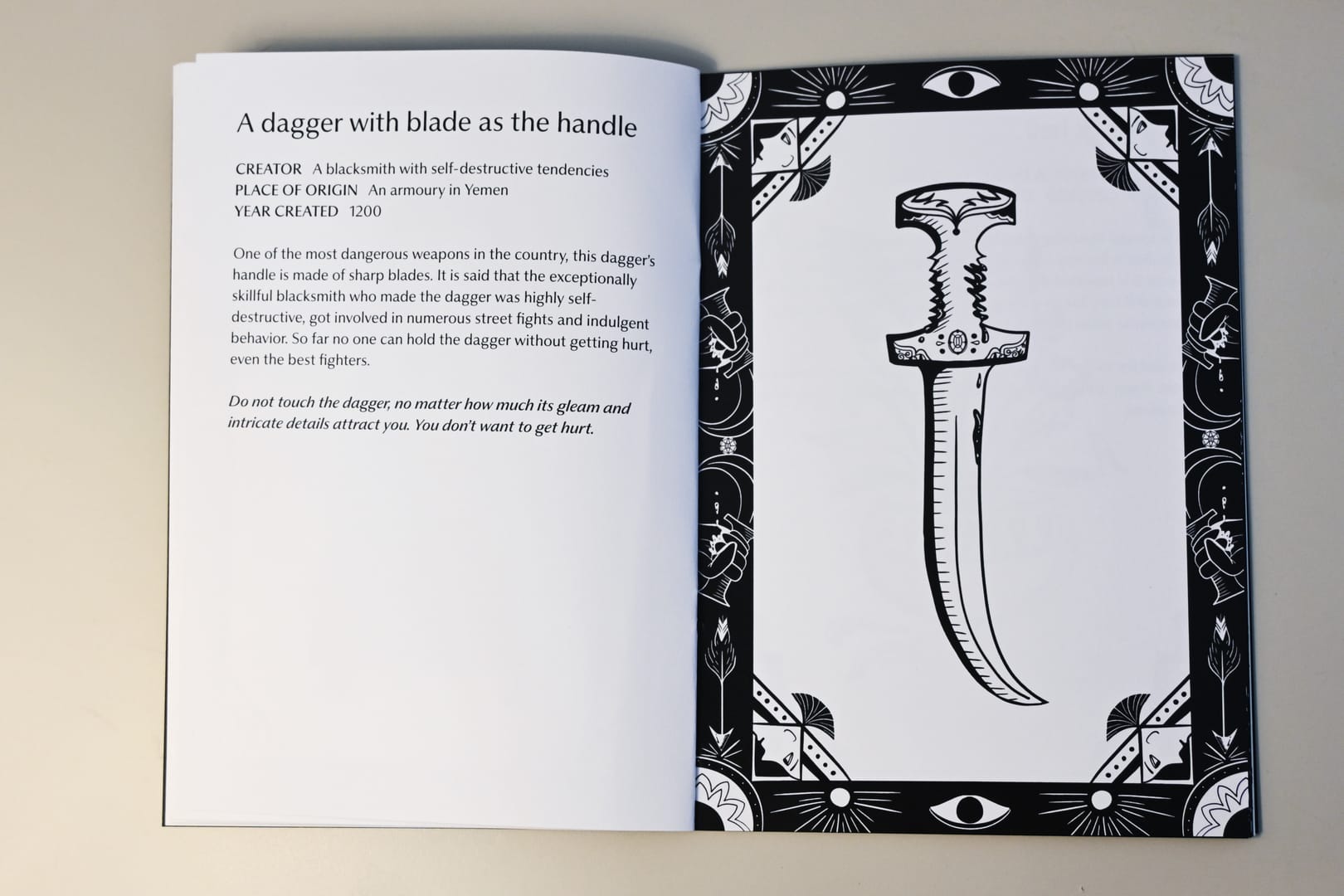
Nautilus shell with mouths and a head
When held close to the ear, one can seemingly hear the voice of sea (actually the ambient noise) from the nautilus shell. Inspired by this characteristic and my intrusive thoughts from OCD, I add mouths to the shell and a head with no mouth in the core of the shell, symbolizing the intrusive dark thoughts / flashbacks of the unwanted events, yet the person suffering couldn’t even scream back.
Metronome with a dancing ballerina
As mentioned above, this one is inspired by a question from a therapy session. Borrowing the idea of a music box, I added a ballerina that dances to the beat. It shows the unconsciously compulsive nature of following self-sabotaging behavioral patterns that stems from the trauma.
A dagger
This one is sort of straight-forward. Daggers are used as weapons and help one defend themselves when in danger. However, this handle is made of blade, which means the user will hurt oneself even when they can defend themselves from external danger. This represents the victim relying on a specific defense mechanism to cope with the emotions / event, even if they deep down know it hurts them.
Potted plant that sprouts eagles
This is an irony inspired by the plant birds of paradise. Named as ‘eagles of hell’, the plant grows eagles’ heads and wings separately. Eagles are symbols of freedom, but now they can only weep and be trapped in the potted plant til death, because they are born this way. This represents the transgenerational trauma, when parents / a group of people have unresolved issues / unhealed collective trauma, the harm may affect their children.
Chapter 3
The third chapter (realization and healing) is presented in 3 objects, i.e. burning poppies, a mirror that reflects the viewer’s skeleton, and a kaleidoscope
Self burning poppies
The flaming poppies drip black gasoline and the fuel strengthens the flames. It’s a romanticization of self-destruction and beauty, particularly in an artistic context. Sort of harmful, but it reflects society's obsession with emotional pain and beauty as a duo. Or it can be interpreted as emotional sublimation through art.
Mirror that reflects viewer’s skeleton
This mirror doesn’t show the flesh of the viewer, but the skeleton of them like an X-ray scan. It means that the victim gained enough courage to face the trauma and realize its implications and harm.
Kaleidoscope that works in the dark
Kaleidoscope is an optical device that creates beautiful patterns. But in the zine, it works without light and the cracks form the patterns, it symbolizes the victim overcoming the trauma, even if the trauma did change their perspective and damage is done. And the patterns created echoes with the previous objects – the eagles finally fly freely, the mirror again reflects the flesh and face of the viewer, the daggers now have proper handles, the stream of sand in the hourglass no longer forms an arrow… this represents the healing and recovery, though it is a long way and they can’t erase the past.
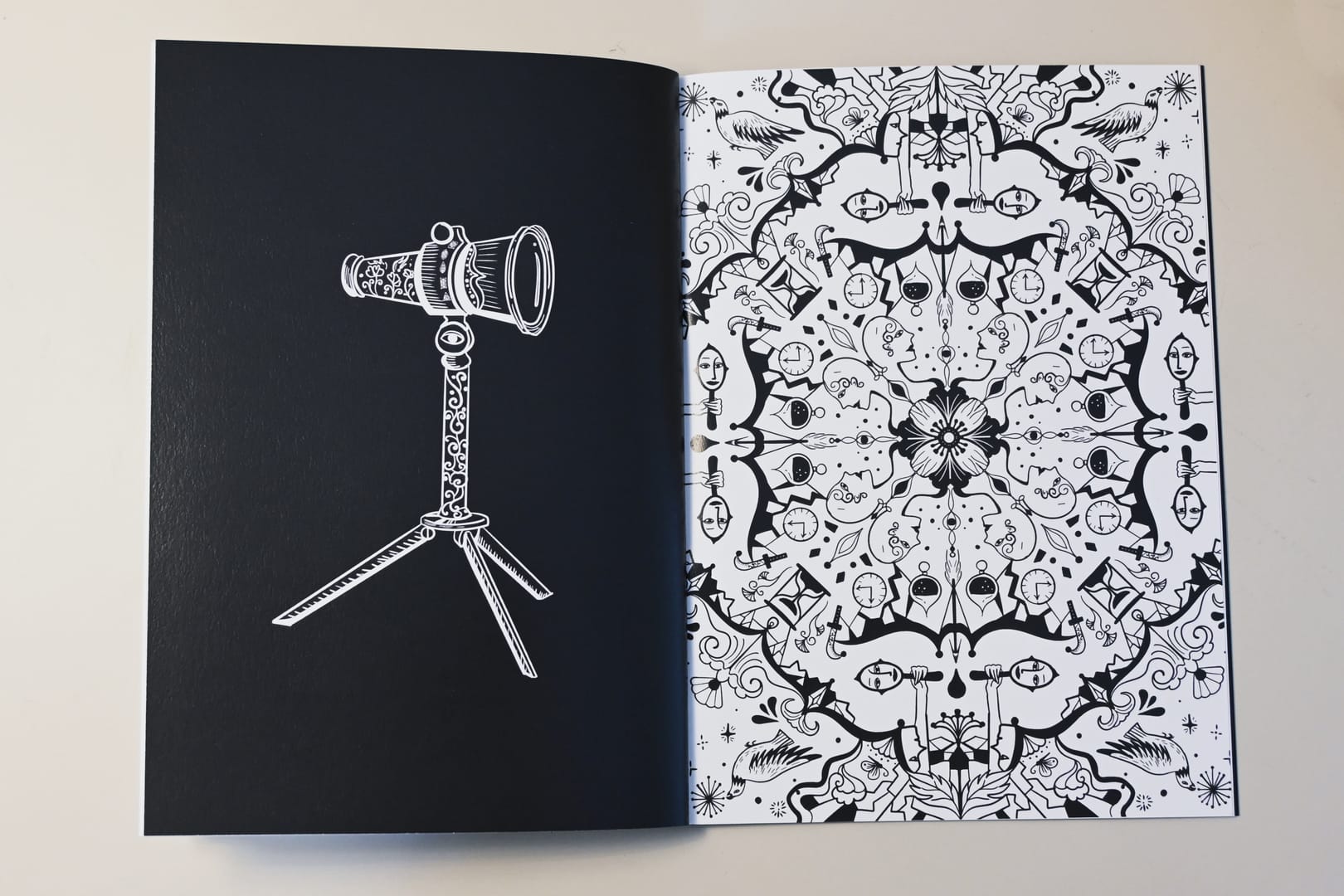
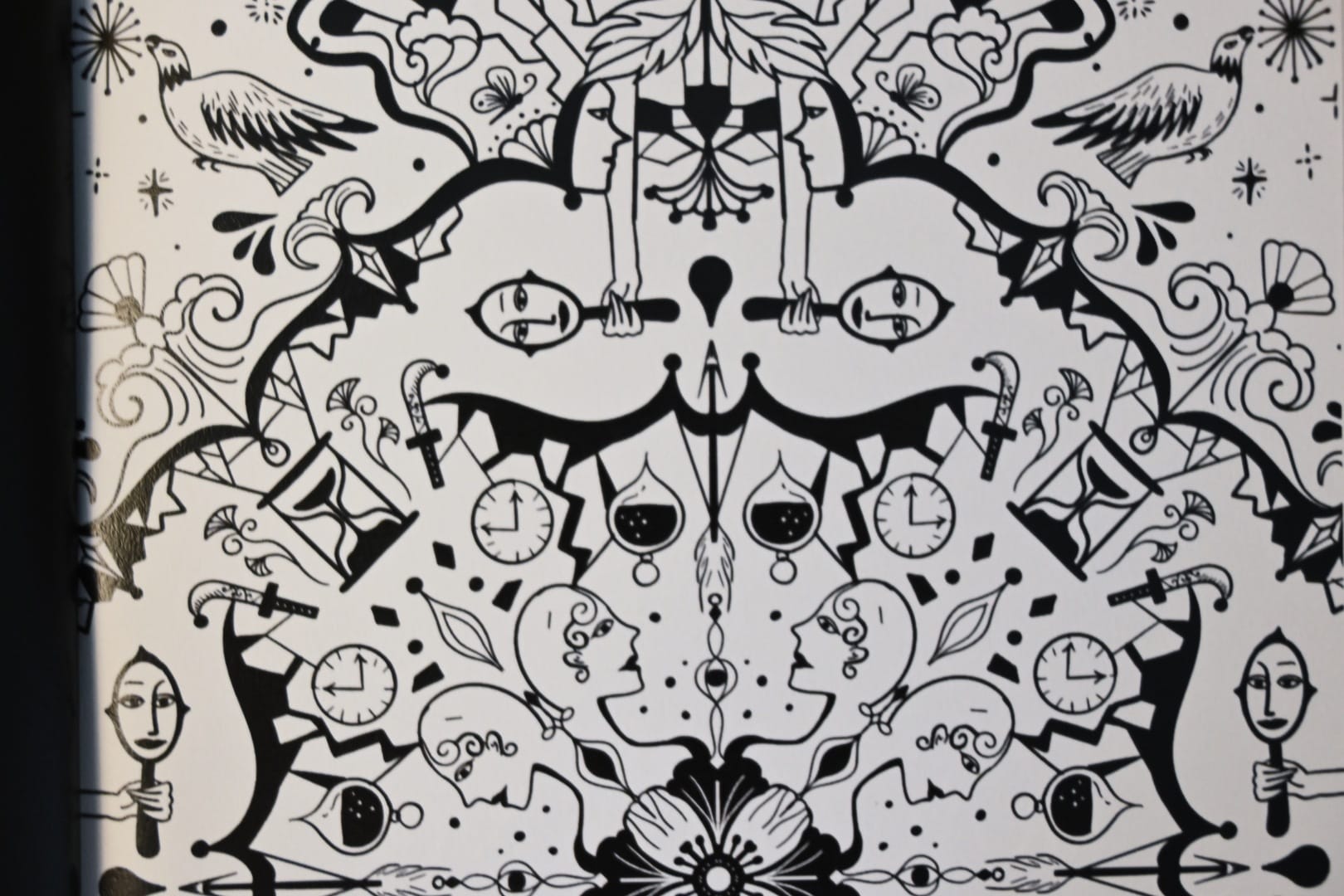
The presentation of text
Text plays an integral part in the storytelling. Presented as a museum pamphlet, the zine text is fused with dark, dry humour with a touch of imagination, but presented in clinical coldness and a factual manner. Each object includes the maker (only the occupation is shown; applicable to artifacts), place of origin, the year of creation / discovery, description (a mix of historical facts and made-up lore), and warning to the viewers (the consequence of interacting with the objects). The intense contrast of the absurd content, cold tone of voice, and the fiery anguish is designed to make readers uncomfortable and immerse in the world where logic distorts, perception is challenged and only feelings make sense. It is the first time I tried to adopt dark humour as well. At the end of the zine, a manifesto-like sentence is here to show readers that trauma is never the end, there’s a way to defy the harm and there’s no need to sugarcoat / intellectualize the devastation.
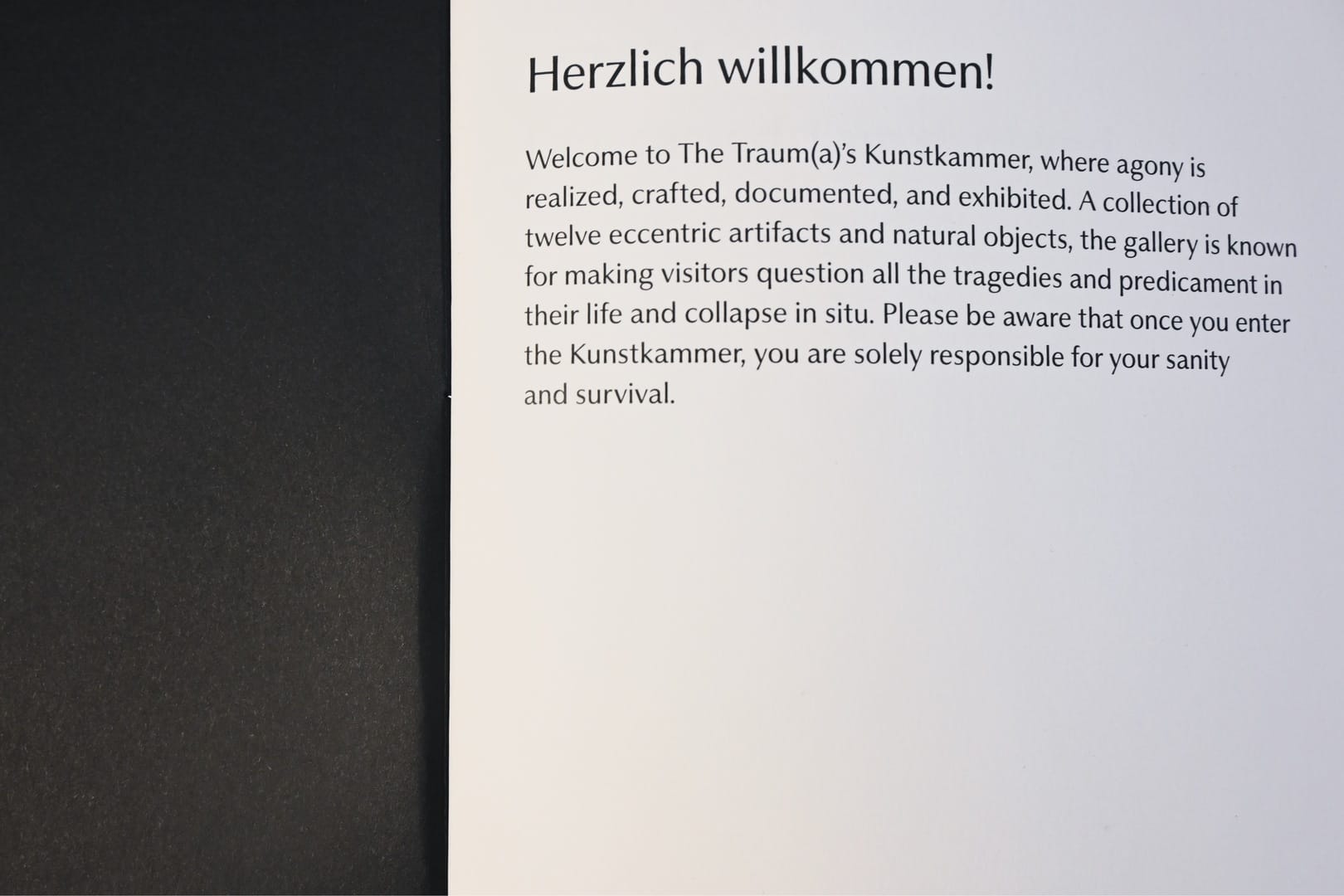
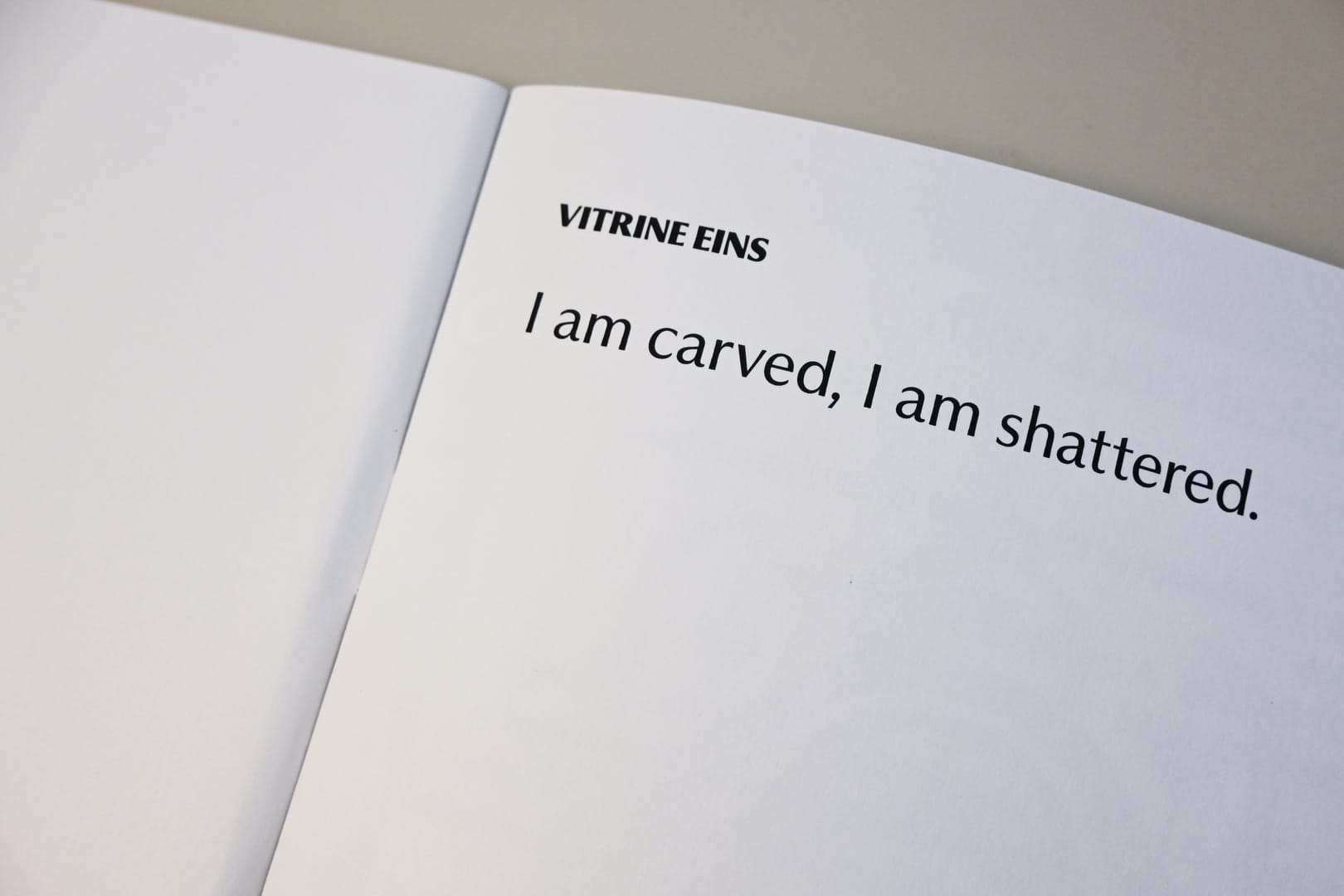
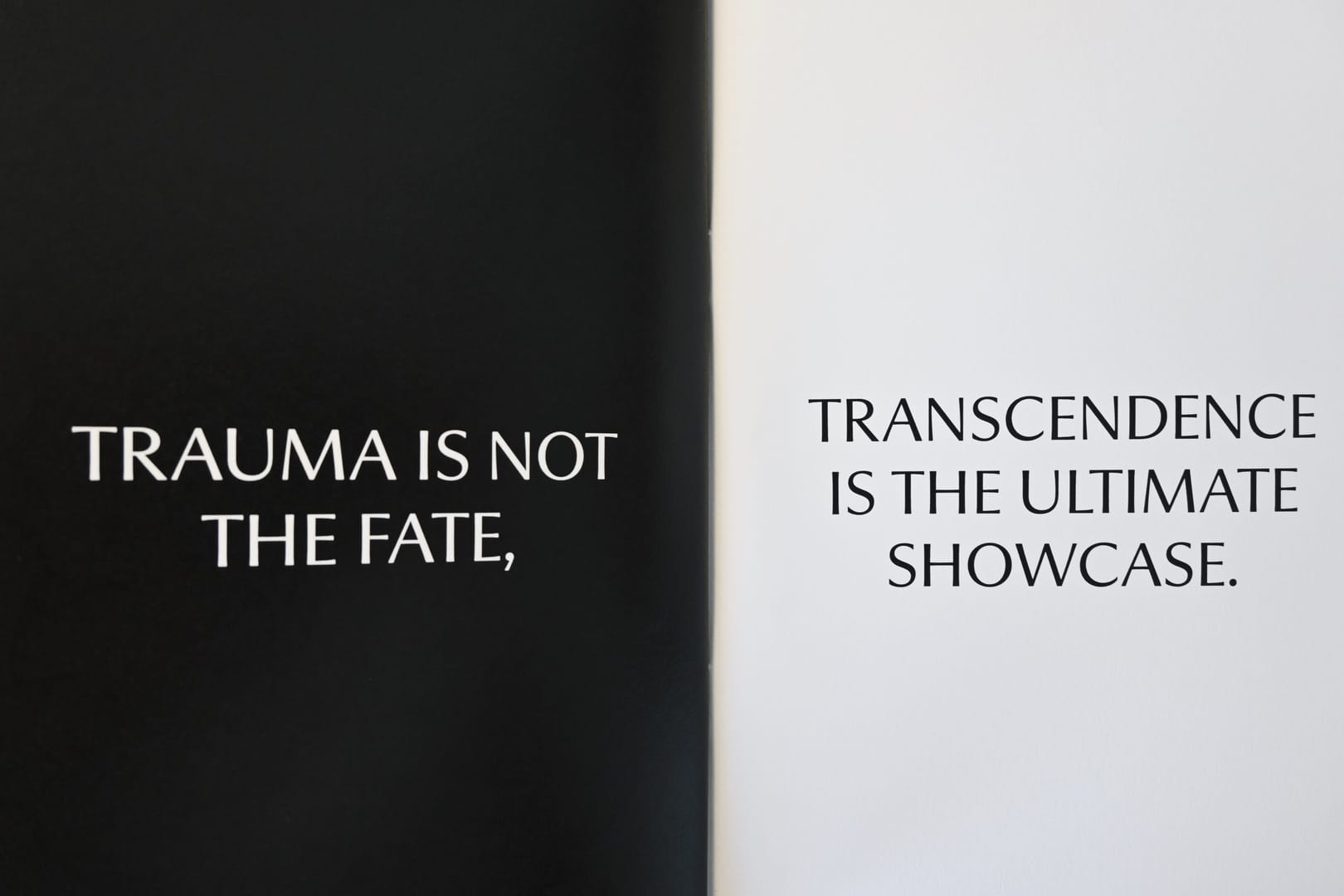
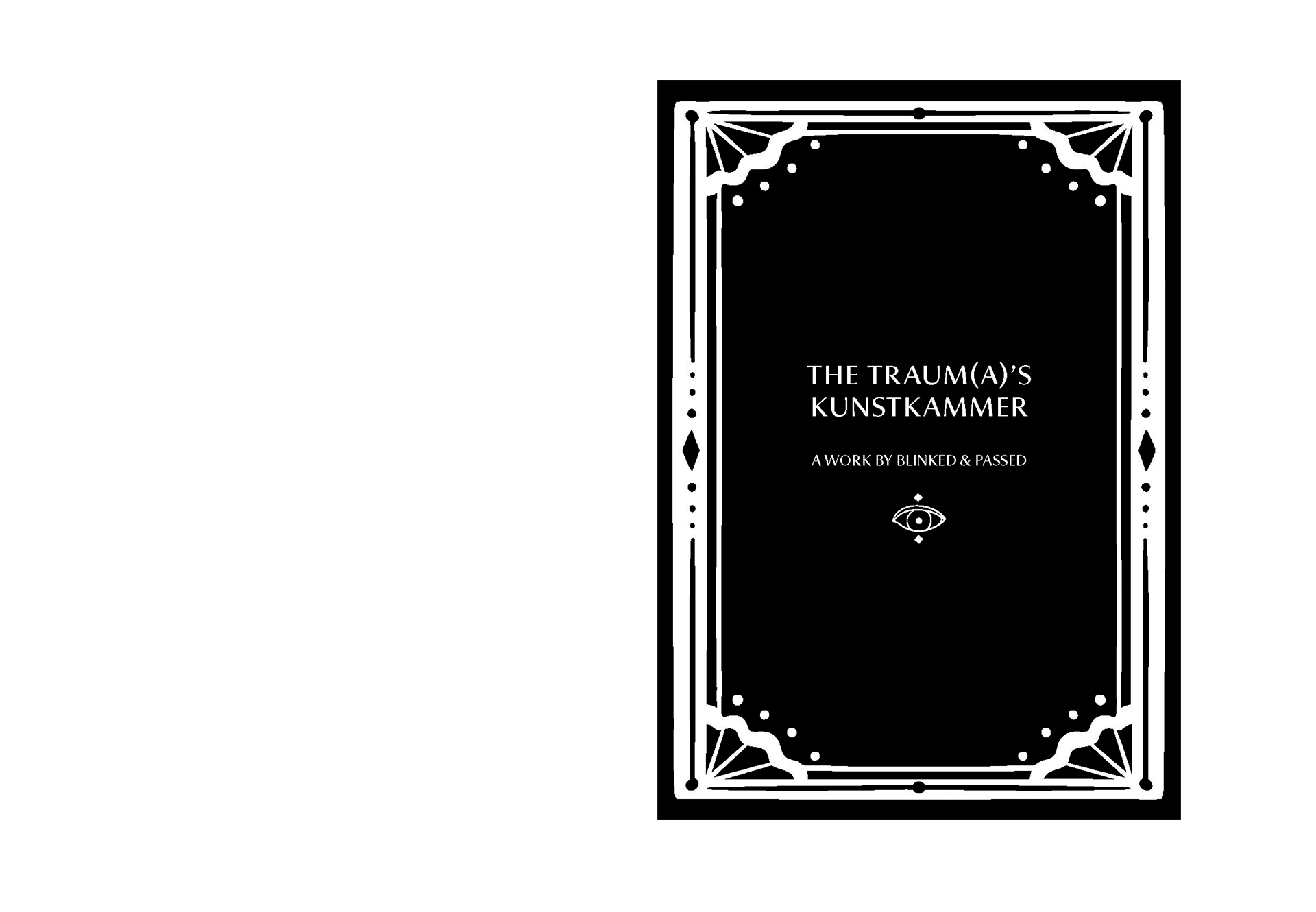
The traum(a)’s kunstkammer is my boldest imagination to date and a middle finger to all my suffering and abusers, while having fun making the zine – no I can’t change the past, no I can’t make the abusers regret their wrongdoings, yes my brain chemicals and perspective towards life are forever changed and I will never be the same bubbly innocent (though sensitive as always) child again, but yes I turned it to art and transcend it. And when you can monetize your sadness and turn it to raw art materials, there’s nothing left to fear.
